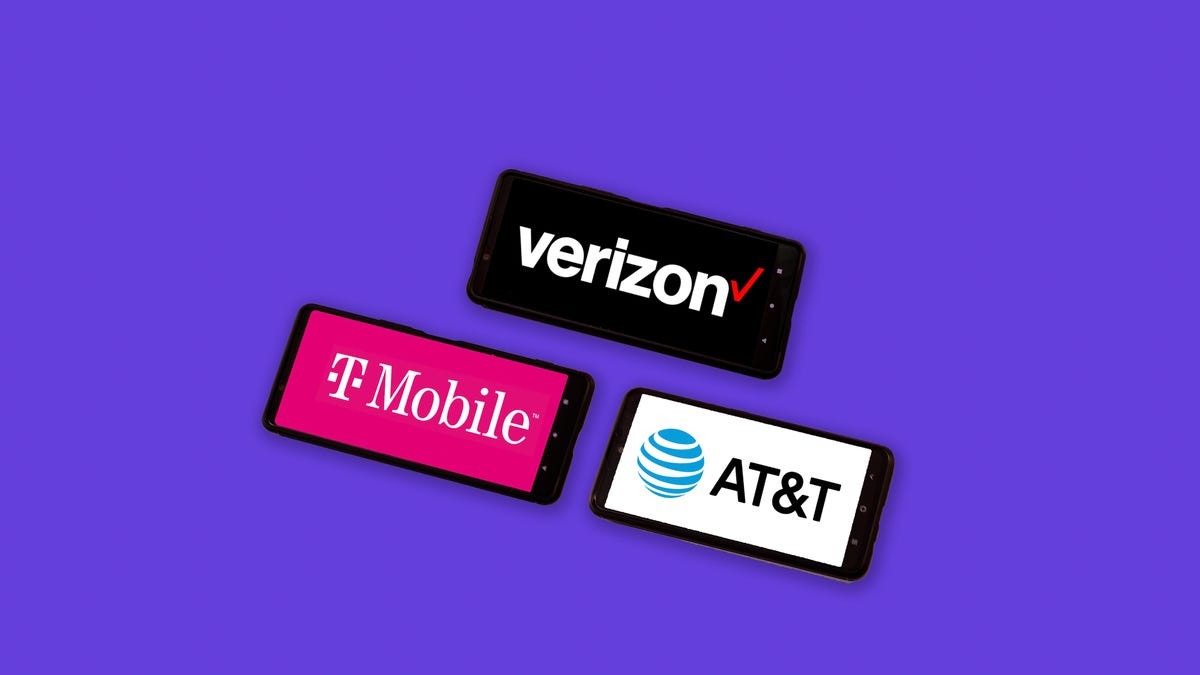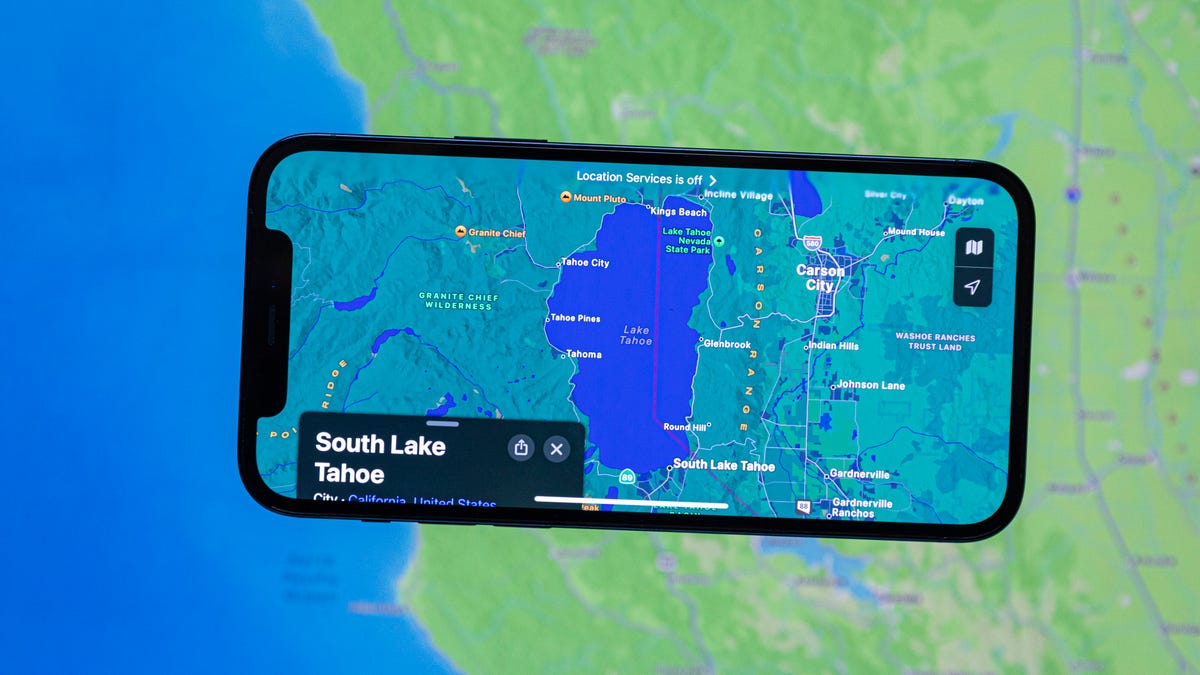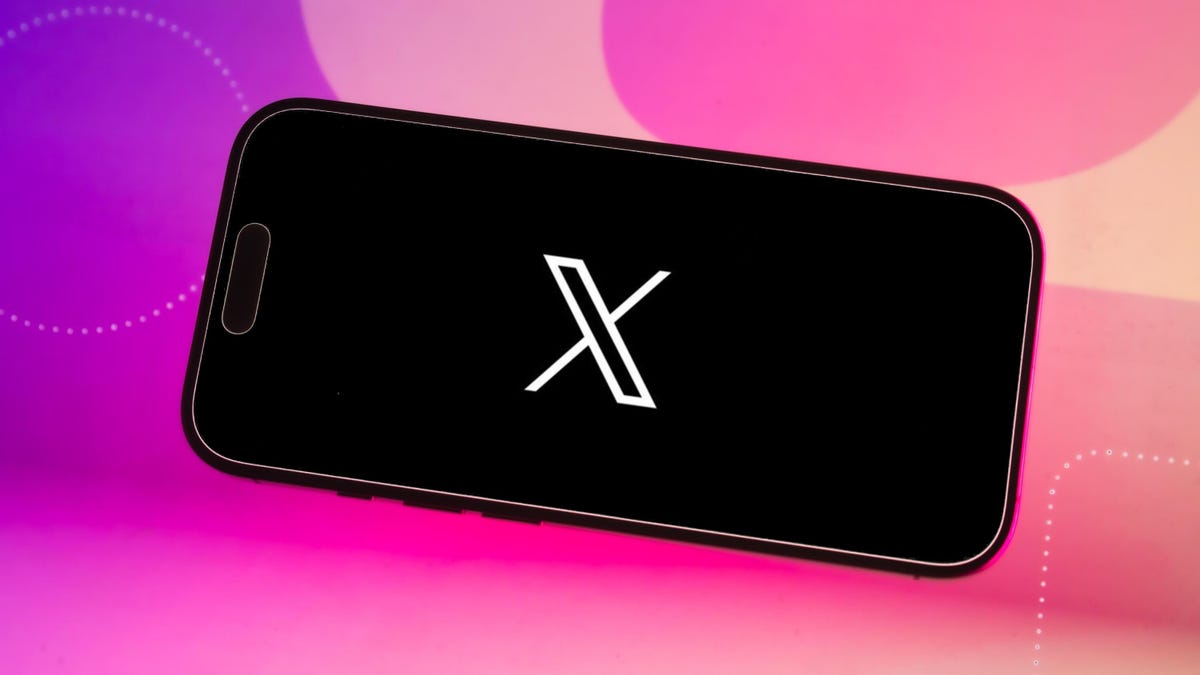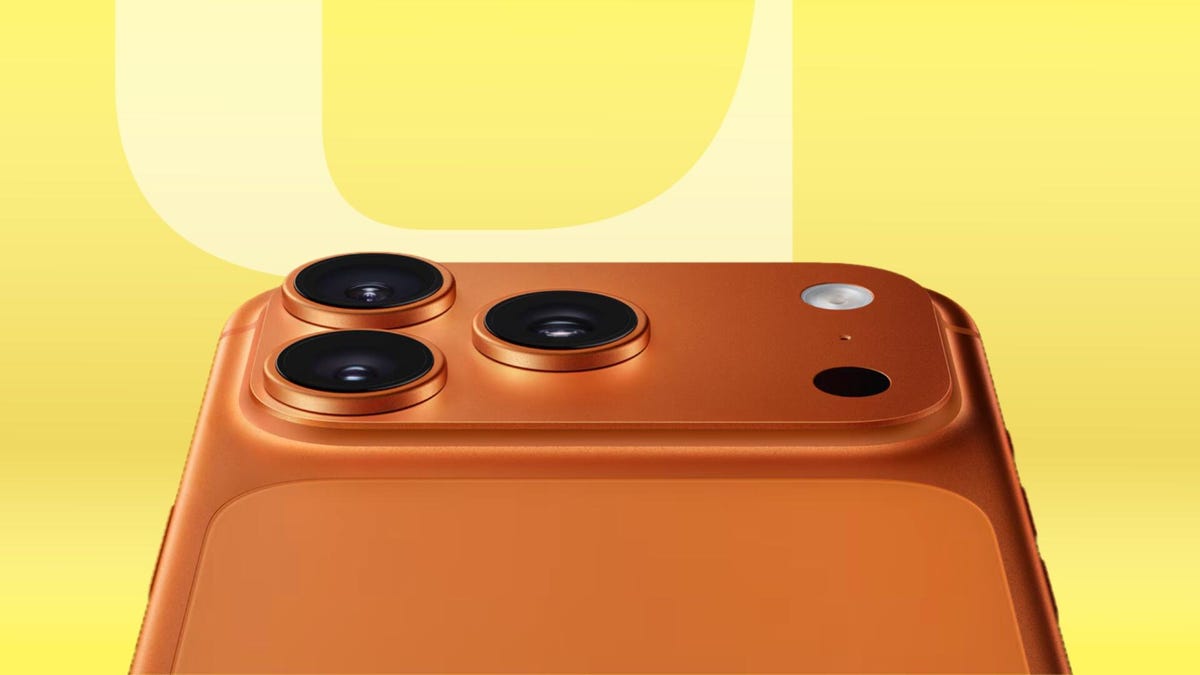Technologies
T-Mobile, AT&T, Verizon: Analysts Pick Who Has the Fastest Speeds at Theme Parks
Opensignal has published data on the fastest mobile connections at the biggest US theme parks, including Disneyland, Disney World and Universal Studios.

Mobile speeds at the most visited theme parks in the US are more than 50% faster than average mobile speeds, an Opensignal report says.
Clocking the speeds of mobile devices in the most-visited theme parks across the country, mobile analytics company Opensignal said upload speeds are also «substantially faster» in a report published June 15.
«Faster than the national average download speeds around theme parks are an impressive achievement when taking into consideration how many guests visit them, which is likely to lead to network congestion,» the report said.
While the parks do offer Wi-Fi, Opensignal found users are spending less than 20% of their time actually connected to it.
So, which carriers offer the best experience in the most popular theme parks? Check out the stats from Opensignal below.
Read more: Switching Phone Carriers in 2023: What to Know Before Changing Providers
Walt Disney World, Florida: Best carrier experience
This includes the Magic Kingdom, Epcot, Animal Kingdom and Hollywood Studios.
- Download speeds: T-Mobile 126Mbps, Verizon 67.8Mbps, AT&T 67.1Mbps
- Upload speeds: Verizon 17Mbps, AT&T 15Mbps, T-Mobile 14Mbps
- Consistent quality: AT&T 85%, Verizon 84%, T-Mobile 83%
- 5G availability: T-Mobile 51%, AT&T 49%, Verizon 18%
Disneyland Resort, California: Best carrier experience
This includes both Disneyland and Disney’s California Adventure.
- Download speeds: T-Mobile 108Mbps, AT&T 57Mbps, Verizon 48Mbps
- Upload speeds: T-Mobile 16.4Mbps, AT&T 15.7Mbps, Verizon 11Mbps
- Consistent quality: T-Mobile 85%, AT&T 81%, Verizon 79%
- 5G availability: T-Mobile 66%, AT&T 47%, Verizon 19%
Universal Orlando, Florida: Best carrier experience
This includes both Universal Studios Orlando and Universal’s Islands of Adventure.
- Download speeds: T-Mobile 73Mbps, AT&T 60Mbps, Verizon 44Mbps
- Upload speeds: AT&T 13Mbps, T-Mobile 12Mbps, Verizon 11.5Mbps
- Consistent quality: T-Mobile 78%, AT&T 77%, Verizon 75%
- 5G availability: AT&T 46%, T-Mobile 35%, Verizon 10%
Best theme park connections overall
Beating out the Disney parks was Busch Gardens in Tampa Bay, Florida, which has the best upload and download speeds on average.
Here are the top five US theme parks with the fastest average download speeds:
- Busch Gardens Tampa Bay, Florida: 102Mbps
- Knott’s Berry Farm, California: 89Mbps
- Walt Disney World, Florida: 85Mbps
- SeaWorld, San Diego: 72.4Mbps
- Universal Studios Hollywood, California: 72.3Mbps
Here are the top five theme parks with the fastest average upload speeds:
- Busch Gardens Tampa Bay, Florida: 21Mbps
- Universal Studios Hollywood, California: 18Mbps
- SeaWorld Orlando, Florida: 16Mbps
- Walt Disney World, Florida: 15Mbps
- Disneyland Resort, California: 14Mbps
Verizon, AT&T and T-Mobile did not respond to a request for comment.
For more on carriers, check out CNET’s list on the best mobile phone plans, the best unlimited data mobile plans and the best phones to buy in 2023 — whether iPhone or Android.
Technologies
Apple Maps Could Include Ads Starting Next Year, Report Says
Apple’s plan to bring promoted-business advertising to Maps may come to fruition in 2026.

Those who use Apple Maps might see advertising in the app as early as next year, according to a report from Bloomberg’s Power On newsletter. The newsletter’s author, Mark Gurman, previously reported that Apple is working to incorporate advertising into parts of its iOS mobile software. The Maps integration would be part of that larger plan.
Don’t miss any of our unbiased tech content and lab-based reviews. Add CNET as a preferred Google source.
The ads wouldn’t be pop-ups or commercials. More likely, Apple would allow businesses to pay for promoted spots that would appear in Maps search results, according to Gurman. But he says in the newsletter that the change could risk a backlash from users who are already bristling at the number of promotions they’re seeing in Apple Music, TV and News apps.
A representative for Apple did not immediately respond to a request for comment.
Google Maps, Apple’s leading competitor, has been serving ads in its iPhone app since 2009.
With the introduction of iOS 26 in September, Apple Maps added a Visited Places feature that tracks where people who use the app have been. The feature was opt-in and can be disabled.
Technologies
X Is Retiring Twitter.com. Update Your Account Now or Risk Lockout
The official retirement of the old domain is the next step in Elon Musk’s rebranding of the social media platform.

RIP Twitter.
X, the platform formerly known as Twitter, will retire its old domain. This comes with a warning for you: If you don’t update your account’s security settings soon, you could be locked out.
The shift marks another step in Elon Musk’s ongoing rebrand of the social network over the last two years. Musk, who bought Twitter in October 2022 and later renamed it X, has made sweeping changes to the platform’s features and policies.
Don’t miss any of our unbiased tech content and lab-based reviews. Add CNET as a preferred Google source.
The company notified users that anyone using hardware security keys or passkeys tied to twitter.com must reenroll them under the new x.com domain. The deadline is Nov. 10. After that date, affected accounts may be temporarily locked until the update is completed.
By November 10, we’re asking all accounts that use a security key as their two factor authentication (2FA) method to re-enroll their key to continue accessing X. You can re-enroll your existing security key, or enroll a new one.
A reminder: if you enroll a new security key, any…— Safety (@Safety) October 24, 2025
X emphasized that the move isn’t related to a data breach or security issue but is a necessary step in the platform’s domain transition, marking the end of Twitter’s last remnants.
«This change is not related to any security concern, and only impacts Yubikeys and passkeys, not other 2FA methods (such as authenticator apps),» the company’s Safety account stated on X. Because security keys enrolled as a two-factor authentication method are currently tied to the former domain, reenrolling your security key will associate them with the new domain.
For most users, the change will go unnoticed. But if you rely on physical security keys, such as YubiKeys, or use passkeys for password-less login, you could be caught off guard if you don’t take action before the cutoff date.
Read also: Time to Delete Your X (Twitter) Account? It’s Quick and Easy
How to reenroll your X account
- Check your login method. If you use a hardware security key or passkey, it’s likely tied to twitter.com.
- Reenroll your key or passkey. Go to Settings & privacy > Security and Account access > Two-factor authentication and add your method under x.com.
- Update your saved credentials. Make sure your logins now point to x.com instead of twitter.com.
Technologies
T-Mobile Is Giving You the New iPhone 17 Pro for Free
You can trade in your current phone, in any condition, and get the iPhone 17 Pro for free.

If you’re an Apple fan, you might be eyeing the new iPhone 17 Pro, either for yourself or as a very generous holiday gift. If you’re thinking about purchasing the phone, you know it carries a hefty price, starting at $1,099. To lessen the strain on your wallet and to try to persuade you to join its team, T-Mobile is offering a free iPhone 17 Pro when you trade in your old phone that’s in any condition.
The only catch is that you must have the Experience Beyond plan. When you sign up for the plan, T-Mobile will give you the iPhone 17 Pro and issue bill credits over 24 months. Note that a $35 connection fee is required.
The iPhone 17 Pro is jam-packed with features. It’s available in a new cosmic orange color, but that’s only the beginning. This phone has a speedy A19 Pro processor, an upgraded 8x optical zoom camera and Apple’s largest iPhone battery yet. Plus, its iOS 26 software has a fresh Liquid Glass design.
T-Mobile’s Experience Beyond plan is $105 per month for one line. (If you sign up for autopay, T-Mobile will reduce the cost by $5.) The plan has a five-year price guarantee, so there won’t be any unexpected cost increases during that time.
With Experience Beyond, you get satellite services, unlimited talk and texts, premium data and hotspot, Netflix, Apple TV Plus and Hulu streaming services for free plus in-flight Wi-Fi and texting. You also get unlimited texts and up to 30GB of data in over 200 countries.
If you’re not interested in an iPhone 17, take a look at our full roundup of the best deals T-Mobile has to offer right now. If you don’t have or don’t want T-Mobile, check out the rest of the iPhone 17 deals.
MOBILE DEALS OF THE WEEK
-
$920 (save $280)
-
$350 (save $50)
-
$525 (save $125)
-
$300 (save $100)
-
$334 (save $295)
Why this deal matters
The iPhone 17 Pro is probably on many wish lists this year, and T-Mobile is helping you score one for free. By signing up for the Experience Beyond phone plan, you’ll save over $1,000. Just keep in mind you must trade in a phone (in any condition) to get this deal.
Join Our Daily Deals Text Group!
Get hand-picked deals from CNET shopping experts straight to your phone.
By signing up, you confirm you are 16+ and agree to receive recurring marketing messages at the phone number provided. Consent is not a condition of purchase. Reply STOP to unsubscribe. Msg & data rates may apply. View our Privacy Policy and Terms of Use.
-

 Technologies3 года ago
Technologies3 года agoTech Companies Need to Be Held Accountable for Security, Experts Say
-

 Technologies3 года ago
Technologies3 года agoBest Handheld Game Console in 2023
-

 Technologies3 года ago
Technologies3 года agoTighten Up Your VR Game With the Best Head Straps for Quest 2
-

 Technologies4 года ago
Technologies4 года agoVerum, Wickr and Threema: next generation secured messengers
-

 Technologies4 года ago
Technologies4 года agoBlack Friday 2021: The best deals on TVs, headphones, kitchenware, and more
-

 Technologies4 года ago
Technologies4 года agoGoogle to require vaccinations as Silicon Valley rethinks return-to-office policies
-

 Technologies4 года ago
Technologies4 года agoOlivia Harlan Dekker for Verum Messenger
-

 Technologies4 года ago
Technologies4 года agoiPhone 13 event: How to watch Apple’s big announcement tomorrow
